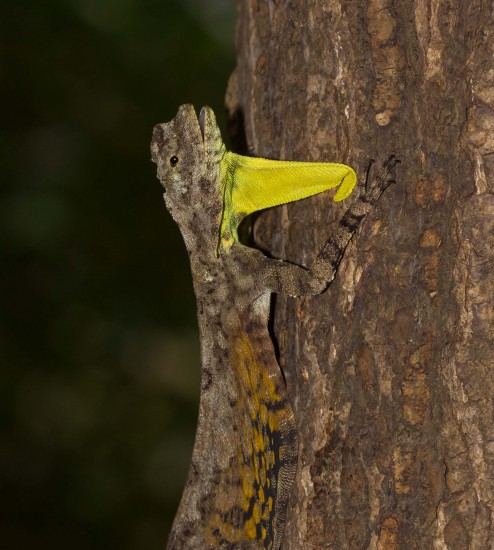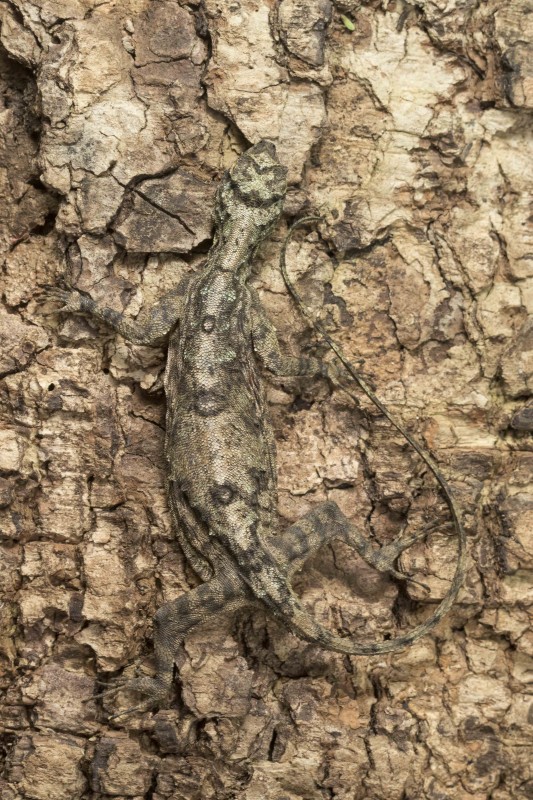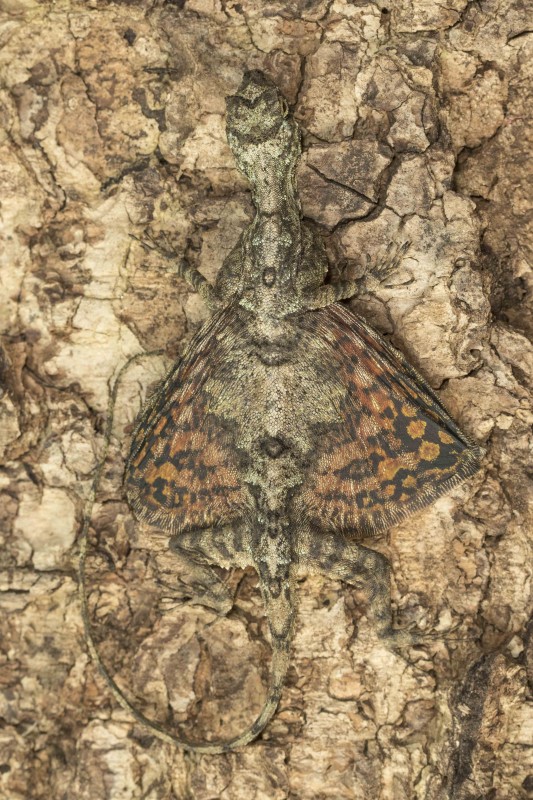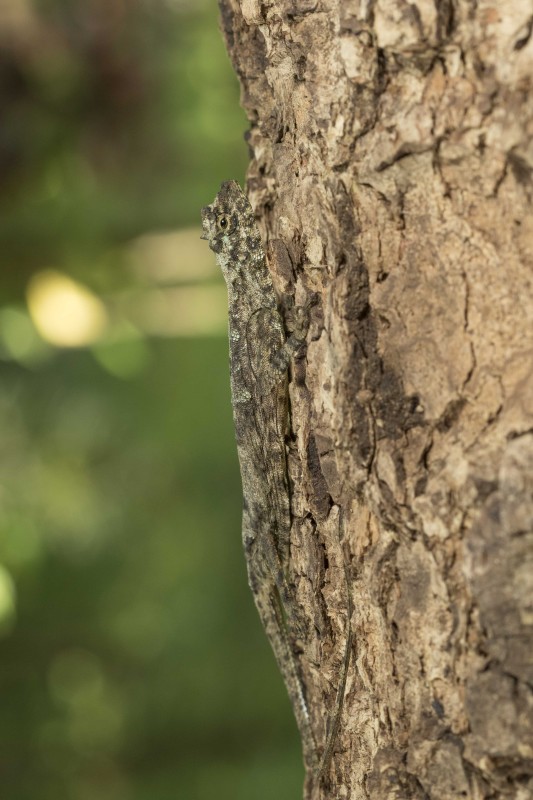Click on the pics to load them in high resolution
At around ten one summer morning I was sitting on a bench outside my room at Cotigao wildlife sanctuary showing Deepak (a young forest worker) some of the pictures I had taken of wildlife around Goa. Deepak sat across me flattering me with compliments and sighing at appropriate intervals. It was the fag end of a snake excursion I had organized for an american client and Deepak and I were both yawning from staying out late in the forest the previous night.
Suddenly Deepak uttered a shout and reached across my shoulder to grab something on the tree trunk I was leaning against. The shout sent the remaining yawns flying out of my system as I swung around half expecting to see something reasonably venomous and selfless Deepak taking the strike for me!
Of course there’s nothing as dramatic as this happening and my impractical imagination has led me astray again! But what Deepak has reached out for is no less interesting. He’s managed to capture a flying lizard. I’m thrilled to bits. I’ve known about flying lizards in the Western Ghats for over a decade and yet never really seen one in the wild.
It isn’t as though they are extremely rare. Infact most of my collegues would always display an astonished look on their faces when I’d tell them I still hadn’t found one. The fact of the matter is that this lizard is extremely well camouflaged on tree bark. Even with Deepak holding it by the tail against the bark of the tree and me standing a few feet away I would keep losing it in my camera viewfinder all the time. No wonder I hadn’t found it till today!
There’re only two times the flying lizard gives itself away. The first is when it opens up its patagium (wing membrane) which is visibly yellow in colour. The other time the lizard makes itself visible is when a male erects a long lemon yellow appendage from below his throat to get the attention of a female.
Draco as the flying lizard is known actually doesn’t fly. Only insects, birds and bats seem to have evolved the capacity for actual powered flight. All other animals including flying squirells, gliding frogs, flying snakes and Draco can only glide.
In order to glide the lizard will first gain some height by running up a tree trunk. Then it will launch itself into the air, fan out its patagium, and glide to another tree. The fanned out patagium is supported by its extremely long last six ribs.
When the lizard is reasonably high it isn’t unusual for it to cover distances of 20 meters. Which when you think about it is quite a feat for an animal that is only a few inches from its head to the base of its tail!
Apparently this lizard feeds more or less exclusively on ants.
After photographing the lizard for a few minutes Deepak dextrously tossed the lizard into the air and both me and my client were treated to a spectacular sight of the lizard gliding five meters to the nearest tree trunk!





